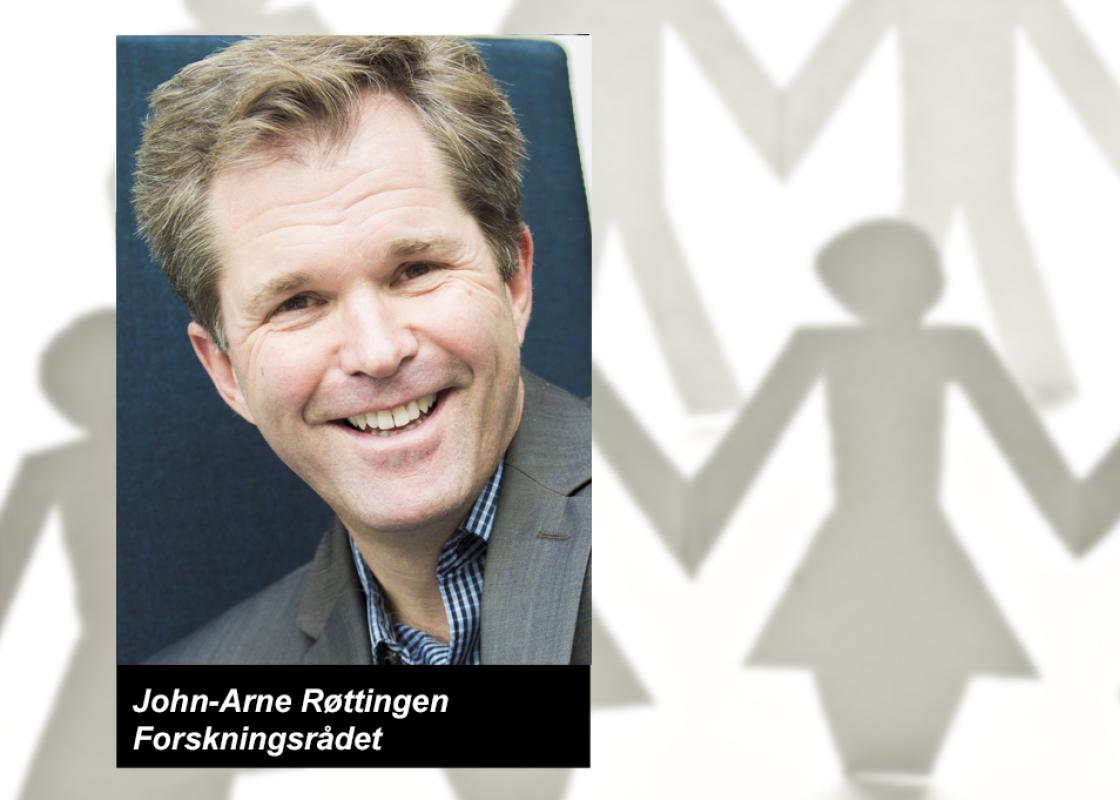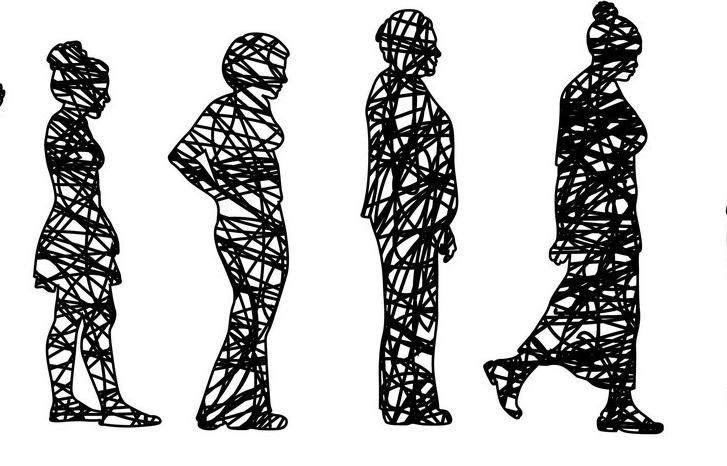The debates in the wake of the #Metoo movement, the psychologist Jordan Peterson’s visit to Norway and the debate about positive discrimination of men to the study of psychology in Norwegian universities are three recent examples of the major interest and involvement concerning questions related to gender.
In order to obtain the best possible foundation for policy design, society is dependent on strong research communities that can deliver up-to-date knowledge on a wide spectre of gender related topics.
Gender research has introduced perspectives that have been of high significance in many academic fields.
Gender research developed as an individual, interdisciplinary field of research within the humanities and social sciences in the 1980s. The Research Council of Norway contributed to this development by financing separate programmes for gender research within the humanities and social sciences until 2012.
Before the establishment of the Research Council of Norway in 1993, the Norwegian Research Council for Science and the Humanities (Norges almenvitenskapelige forskningsråd, NAVF) had their own programmes for humanistic and social scientific women’s research.
The programmes have played an important part in building well-founded, high quality research communities, and not least for the recognition of the field of research.
The man as norm
Gender research has introduced perspectives that have been of high significance in many academic fields. The research reflects important changes in Norwegian society such as increased gender equality and new work life and family patterns.
At the same time, the gender perspective contributes to new questions being posed, related to known phenomena within other fields. New theories, concepts and approaches have been developed that have led to new important interdisciplinary insights.
There is a big need for research with gender perspectives also outside the humanities and social sciences. The quality of research designed to solve the challenges of our modern society, within health, food, the environment and technological development, is strengthened when gender perspectives are included.
From my own background in medical research, the male body has often been the norm both when it comes to diagnosing and developing treatments.
At the same time, research shows that there may be gender specific variations in symptoms of diseases and in type of treatment. When such differences are integrated in research on e.g. heart attacks, the quality and relevance of the research enhances, which may ultimately save lives.
This is also stated in the report ‘What do we know about women’s health?’ that was published by Kilden in collaboration with the Norwegian Women's Public Health Association (Sanitetskvinnene) earlier this year.
Gender may provide new insights
Strengthening the efforts to integrate a gender dimension in research and innovation is an important goal in European research policy.
EU’s framework programme for research emphasises that gender perspectives have not been a sufficiently integrated part of research and innovation. This also applies to Norway, and the Research Council wants to be a driving force here.
Gender perspectives have proved to provide new insights and opened up for new possibilities and better research results.
We are currently revising our policy, which will plot out the course for our work on this field in the years to come. We have received many valuable suggestions in this process, both from research communities and from the leaderships at the major institutions.
Gender perspectives have proved to provide new insights and opened up for new possibilities and better research results.
Our ambition is that gender is integrated as a perspective in all research funded by the Research Council when relevant. This involves that all programmes and prioritisations must carry out a concrete assessment of whether and how the gender dimension has significance for their field of knowledge.
We will also identify areas in which there is specific need for a strengthening of the gender dimension in research and innovation. This may for instance apply within technology, health and environment.
Important work
Kilden's task is to communicate research results and share important knowledge on gender and equality.
They have also made the handbook ‘What is the gender dimension in research?’, which provides many concrete examples of how gender perspectives enrich research designed to give answers to social challenges.
This demonstrates that research with gender perspectives has major potential within many fields of knowledge where such perspectives are not sufficiently integrated today.
In this way, Kilden points to fruitful paths that research with gender perspectives may take in the years to come. Our heartfelt congratulations on the 20-year anniversary!



